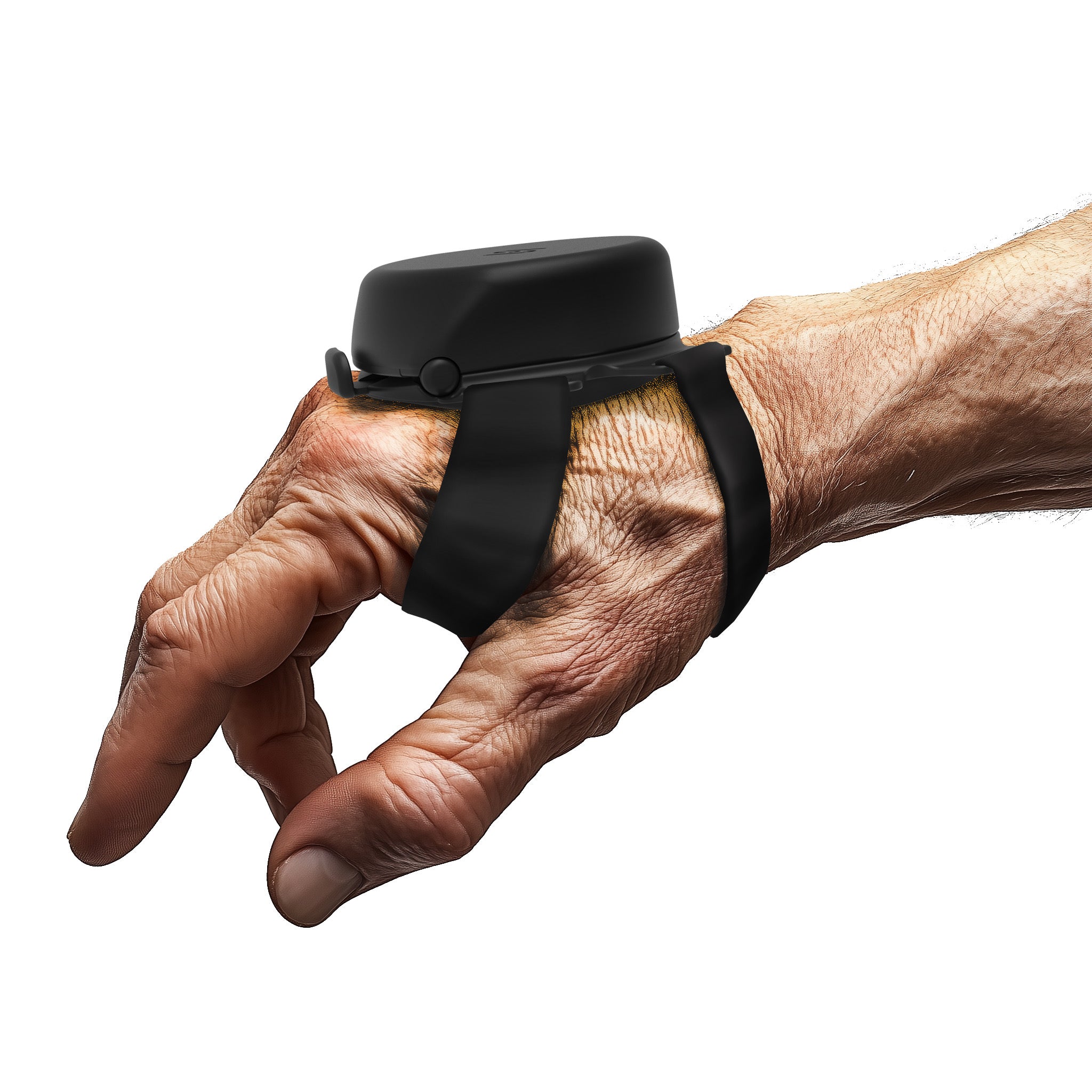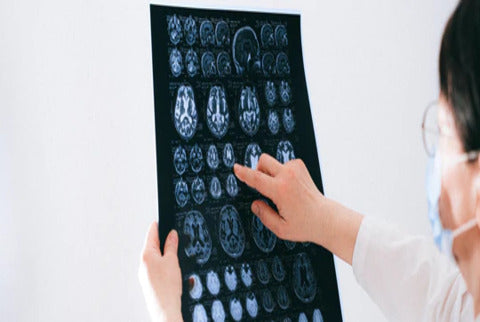As we go on through life, a lot of incurable diseases and disorders emerge while we move on and try to adapt to change. Sometimes it feels as if there’s no escape from these dilemmas, and as if technology is the reason for these crises. Well, that’s not true because the human species doesn't stand aside and do nothing. On the contrary, we take a stand and use technology to help us find cures and results for every obstacle we face.
It won’t be easy, but it’s not impossible!
As time passes, we find ourselves facing a huge obstacle in illnesses. We have come across multiple disorders like Parkinson’s disease and essential tremors that have put us in quite a bubble. Conditions like these haven’t yet proven curable nor have they been thoroughly analyzed for causes. But how can we tell disorders like these apart?
First, let’s take a quick look at both of these conditions and what they are.
What Are the Symptoms and Causes of Parkinson’s Disease?
Parkinson’s disease is a progressive brain disorder that leads to tremors, stiffness, and difficulty with movement and coordination. This lifelong condition gradually worsens over time, mainly affecting people over 50. It is also called a “movement disorder,” knowing that it causes serious difficulties while moving. Parkinson’s disease is considered a lifelong and progressive condition, meaning the symptoms and side effects will get worse slowly over time.
Age is also considered a huge factor in Parkinson’s. It’s known that people from the ages of 50 and above are more likely to have this disorder. It’s also a known fact that people think that this condition is an old person’s disorder, yet some people experience Parkinson’s as young as 40 or even younger.
Although both genders are affected, studies show that men have a 50% higher chance than women of contracting the disease.
Parkinson’s Disease Symptoms:
Now, the symptoms of this disorder vary from one person to another. The most commonly known symptoms of Parkinson’s include:
-
Resting tremor: Shaking in your hands or other body parts without any movement.
-
Slow movement: Reduced voluntary movement like slower walking or decreased facial expressions.
-
Muscle stiffness: Difficulty in movement, which can be evaluated by a doctor.
- Other symptoms might include difficulty in balance, constipation, low blood pressure, and even sleep problems or depression.
What Causes Parkinson’s Disease?
Parkinson’s disease stems from the loss of nerve cells in the brain, which reduces dopamine levels and affects body movement. Scientists discovered that the main reason behind the symptoms of Parkinson’s is the death or impairment of nerve cells responsible for body movement. These cells, found in the brain, produce dopamine, and when they die, less dopamine is produced. This results in Parkinson’s disease. While it’s unclear why these cells die, it is believed to be due to genetic mutations or environmental factors.
What Are the Symptoms and Causes of Essential Tremors?
Essential tremor is a neurological disorder that causes involuntary, rhythmic shaking, typically in the hands. It affects simple tasks, like holding a cup, and is the most common movement disorder, often hereditary.
Essential Tremor Symptoms
-
A tremor in your voice:
A person may experience a tremor when speaking.
Constant head nodding:
Uncontrollable head movements, often in a nodding manner.
Handshaking:
Difficulty in tasks like holding a glass or writing.
Essential Tremor Causes:
Some research suggests that genetic mutations may be responsible for essential tremor, also known as familial tremor. Additionally, some researchers believe the cause may lie in the GABA molecules in the brain, which control motor functions.
In Summary: How to Differentiate Between Parkinson’s and Essential Tremor?
|
Condition |
Tremor Timing |
Symptoms |
Life Expectancy Impact |
|
Parkinson’s Disease |
Tremor at rest |
Shaking, stiffness, slow movement, balance issues, and mood changes |
Can shorten life expectancy |
|
Essential Tremor |
Tremor during movement |
Shaking in hands, head, or voice, especially during tasks |
No impact on life expectancy |
What Treatments Are Available for Parkinson’s and Essential Tremor?
Although there is no known cure for these conditions, there are treatments available to help ease symptoms:
-
Medication:
Proper medications can reduce symptoms for both conditions.
Therapy:
Physical therapy may help with essential tremors.
Assistive devices:
A highly effective solution for tremors is the Steadi-Two glove from Steadiwear. This innovative device uses smart fluid technology and a counterweight to reduce hand tremors, allowing individuals with essential tremors or Parkinson’s to regain control of their hands and perform daily tasks more easily.
Steadiwear and Its Role in Managing Hand Tremors:

When it comes to managing shaky hands and uncontrollable hand tremors, the Steadi-Two glove is one of the most advanced assistive devices on the market. Created by Steadiwear, this glove uses a smart fluid that stiffens in response to tremors, countering their effect.
A weighted mechanism moves in the opposite direction of the tremor, providing stabilization. Whether you're dealing with Parkinson’s or essential tremors, this glove can give you more control over your hand movements, improving the quality of life for many people.
Conclusion:
In conclusion, while both Parkinson’s disease and essential tremor are challenging, advancements in research and technology provide hope for individuals affected by these conditions. Proper diagnosis and treatment, along with innovative solutions like the Steadi-Two glove, allow people to manage their symptoms and maintain a better quality of life. Remember, technology is not to be feared but embraced as it brings us closer to improving lives.
As Michael J. Fox said, “The latest research is the latest hope.” Let's continue to have hope in mankind and in the power of technology to change lives.




